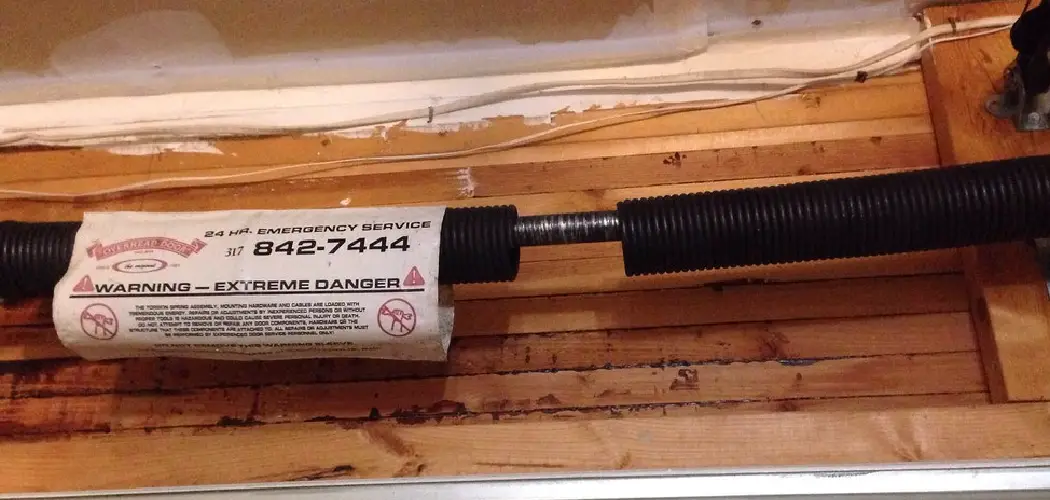Homeowners may find themselves in frustrating situations where they need to access their garage door due to being locked out or dealing with a malfunctioning opener. This article aims to address these scenarios while highlighting the importance of legal and ethical considerations when attempting to break into your own property. Ensuring that any actions taken are legitimate and necessary is crucial, as unauthorized access could lead to legal repercussions.
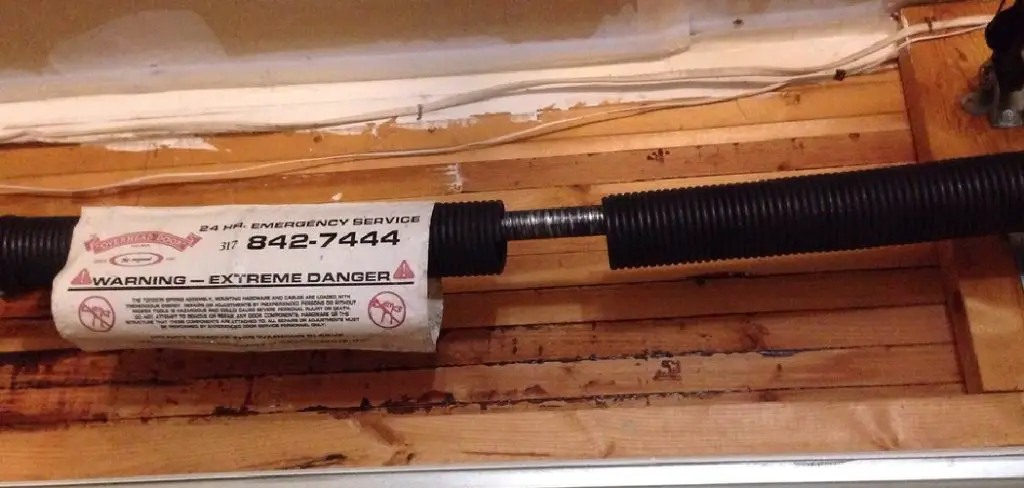
We will provide an overview of the process of resolving these issues, including checking for alternative access points, manually overriding the garage door, and ensuring no damage occurs to the door or locking mechanism. By outlining clear and safe methods, readers will learn how to break in a garage door legally and effectively in order to regain access without unnecessary complications.
Legal and Ethical Considerations
Emphasize the Importance of Legal Access
It is vital to ensure that the garage you are trying to access is your own or that you have explicit permission from the owner to enter. This guide is designed solely for legal scenarios where access is genuinely necessary. Unauthorized attempts to enter someone else’s property can lead to serious legal consequences, so readers must prioritize their rights and responsibilities in any engagement involving property access.
When to Call a Locksmith or Professional
Suppose you cannot safely access the garage without causing damage or are uncertain about the legalities of your situation. In that case, contacting a locksmith or garage door professional is advisable. These experts can provide guidance and assistance to help you regain access quickly and efficiently, ensuring that your actions remain within legal boundaries and that your property is not compromised.
Checking for Alternative Access Points
Side Door or Back Door Access
Before attempting to break into your garage, it’s wise to check for any side or back doors that could provide easier access. Many garages have secondary entrances that might be overlooked. If such a door exists, ensure it is free of obstructions and that you can open it without causing damage. Once inside, remember to securely lock all other entry points to prevent future unauthorized access.
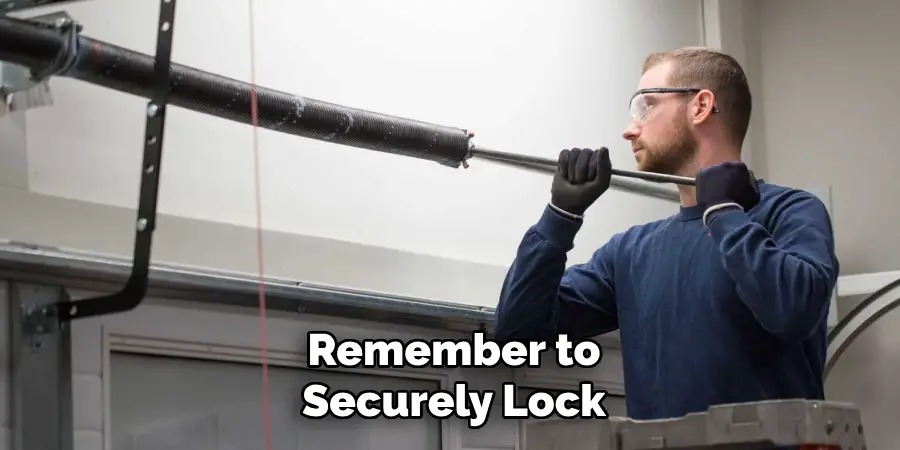
Windows or Ventilation Openings
In addition to doors, inspecting any windows or ventilation openings is essential. These might offer another way to enter the garage. If you find an open window, exercise caution to avoid breaking the glass or damaging the frame. If a window is closed but not locked, gently opening it could grant entry without the need for forceful measures. Always assess the situation carefully to maintain the integrity of your property.
How to Break in A Garage Door: Manually Opening the Garage Door from the Outside
Locating the Emergency Release Cord
To manually open your garage door from the outside, the first step is to locate the emergency release cord. This cord is usually found near the top of the garage door and can be accessed through a small gap between the door and the frame. If the door is closed, you may need to use a long, thin tool, such as a wire coat hanger or a rod, to reach inside and trigger the release mechanism. Be cautious not to force the tool, as this could cause damage. If you cannot see the cord clearly, shining a flashlight into the gap may help you identify its location more easily.
Using a Coat Hanger or Similar Tool
Once you’ve located the emergency release cord, you can use a coat hanger or another long, flexible tool to help you pull it. Begin by straightening the coat hanger into a long, thin shape with a hook at one end. Carefully insert the hooked end into the gap at the top of the garage door, aiming to catch the emergency release cord. Gently hook the cord and pull it downwards.
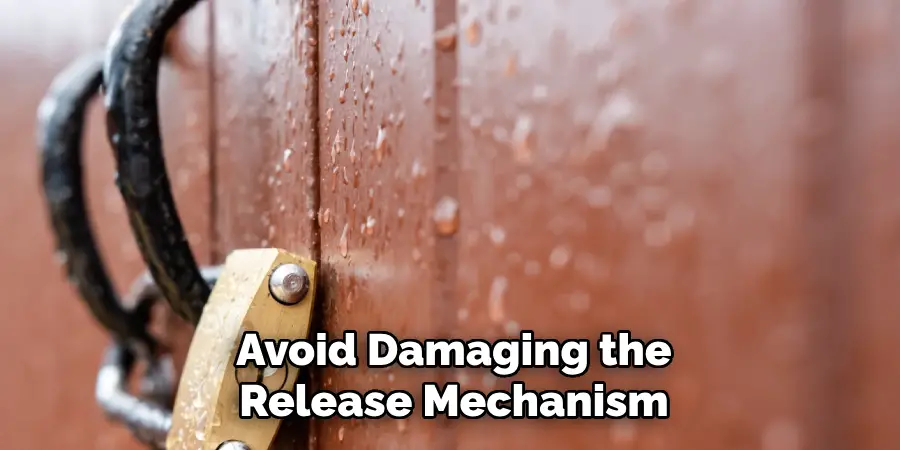
It’s important to be gentle during this process to avoid damaging the release mechanism or the door itself. If you encounter resistance, double-check to ensure you’re not pulling on any other components or getting caught on something. Once the cord is successfully pulled, you should hear a clicking sound or notice that the garage door opener has been disengaged.
Lifting the Garage Door Manually
After triggering the emergency release, you can proceed to lift the garage door manually. Begin by standing on the side of the door and grasping it firmly with both hands at the bottom edge. Use your legs to assist with lifting, and maintain a straight back to avoid strain. Check for any resistance while lifting; this could indicate that the door is off-balance or that there may be obstructions in the tracks.
If the door does not move smoothly, it’s crucial to stop and reassess the situation before continuing to lift. If there are signs of misalignment, consider adjusting the door or inspecting the tracks for debris causing the obstruction. Once lifted, secure the door in place if necessary, and keep in mind that it may be heavy, so exercise caution during this entire process. Following these steps, you can safely regain access to your garage while minimizing the risk of damage or injury.
How to Break in A Garage Door: Dealing with a Malfunctioning Garage Door Opener
Checking the Power Source and Remote Control
When confronted with a malfunctioning garage door opener, the first step is to check the power source. Ensure that the unit is plugged in securely and that there are no loose connections. If the opener still does not work, inspect the circuit breaker to see if it has tripped; resetting it may resolve the issue. If the opener is powered but remains unresponsive, examine the remote control. Start by replacing the batteries, as dead batteries are a common culprit for malfunctioning remotes.
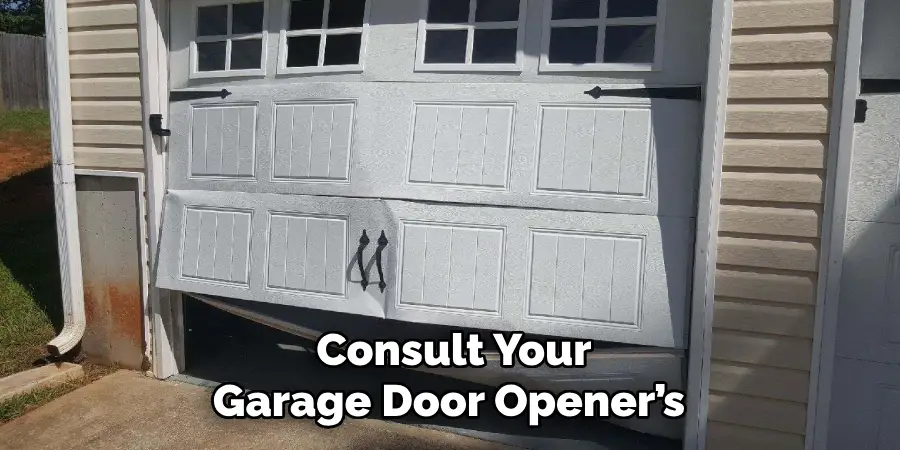
If new batteries don’t solve the problem, reprogramming the remote may be necessary. Consult your garage door opener’s manual for specific instructions on how to sync the device with the opener, as each model may have a different reprogramming process.
Manual Override for Electric Openers
If troubleshooting does not restore functionality to your electric garage door opener, utilizing the manual override feature can be a practical solution. This feature typically involves pulling the emergency release cord, which disconnects the door from the opener, allowing you to operate it manually. To do this, locate the emergency release cord, usually hanging from the opener’s mechanism. Pull it down to disengage the opener.
Additionally, some models may have a switch that can place the opener into manual mode. Always consult the opening system’s manual for specific instructions relevant to your model, as this can guide on safely executing the manual override. Once disengaged, be cautious when lifting the door manually, as it may be heavier than you anticipate. Always ensure the area is clear of obstructions before attempting to manually operate the door.
Repairing or Replacing Damaged Components
Inspecting the Door for Damage
After gaining access to your garage, it’s crucial to inspect the door and its components for any damage incurred during the lifting process. Examine the tracks for any bends or debris that could impede movement. Look closely at the rollers for signs of wear, such as cracks or flat spots, and check the springs for any signs of misalignment or damage. Addressing these issues promptly can help prevent further complications.
Fixing or Replacing Damaged Parts
If you identify any damaged components, basic repairs might include realigning the tracks by loosening and repositioning them or replacing bent hinges. Always ensure any replacement parts are compatible with your garage door model. For springs that can be hazardous to replace, seeking professional assistance is often the best course to ensure safety and proper function. Taking these steps will help restore your garage door to its optimal condition.
Preventative Measures to Avoid Future Lockouts
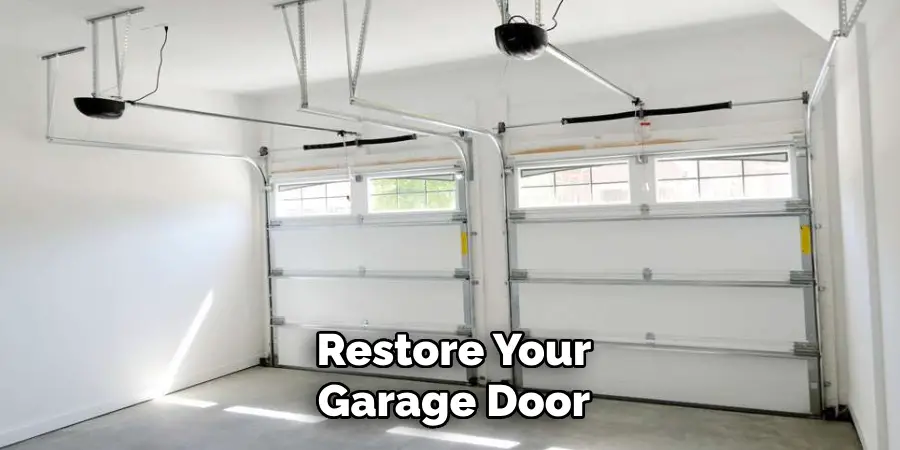
Installing an External Keypad or Key Release
Installing an external keypad or key release mechanism is a proactive solution to ensure you’ll have alternative access in case of a future lockout. These systems enhance convenience by allowing entry without keys, which is especially useful during emergencies. Additionally, they provide added security by offering a secure way to control who can access your garage. Many models feature customizable codes, allowing you to change the entry code periodically for increased safety.
Regular Maintenance of Garage Door Opener
To prevent future malfunctions, it’s essential to practice regular maintenance of your garage door opener. This includes routinely checking the batteries in your remote controls and replacing them as needed. Additionally, periodic inspections of the opener’s mechanism should be conducted, ensuring all components function correctly. Look for signs of wear or misalignment. Testing the system’s safety features, such as the auto-reverse function, can also help identify potential issues before they lead to significant problems.
Conclusion
In summary, understanding how to break in a garage door legally and safely involves several key steps. First, check for alternative access points, such as side doors or windows, before resorting to manual methods. If necessary, trigger the emergency release to operate the door manually, followed by a thorough inspection for any damage. Conducting appropriate repairs, whether by fixing or replacing damaged components, will help ensure your garage door functions properly in the future.
Throughout this process, it is crucial to prioritize safety and legality and remain mindful of the methods used to avoid potential legal issues. You can reduce the risk of future lockouts by taking preventative measures like installing an external keypad and performing regular maintenance. Remember, with the right approach, regaining access to your garage can be achieved without causing damage or compromising security.
I am Rick. I grew up helping my dad with his handyman service. I learned a lot from him about how to fix things, and also about how to work hard and take care of business. These days, I’m still into fixing things- only now, I’m doing it for a living.
I’m always looking for new ways to help people grow and develop. That’s why I have created this blog to share all my experience and knowledge so
that I can help people who are interested in DIY repair.

